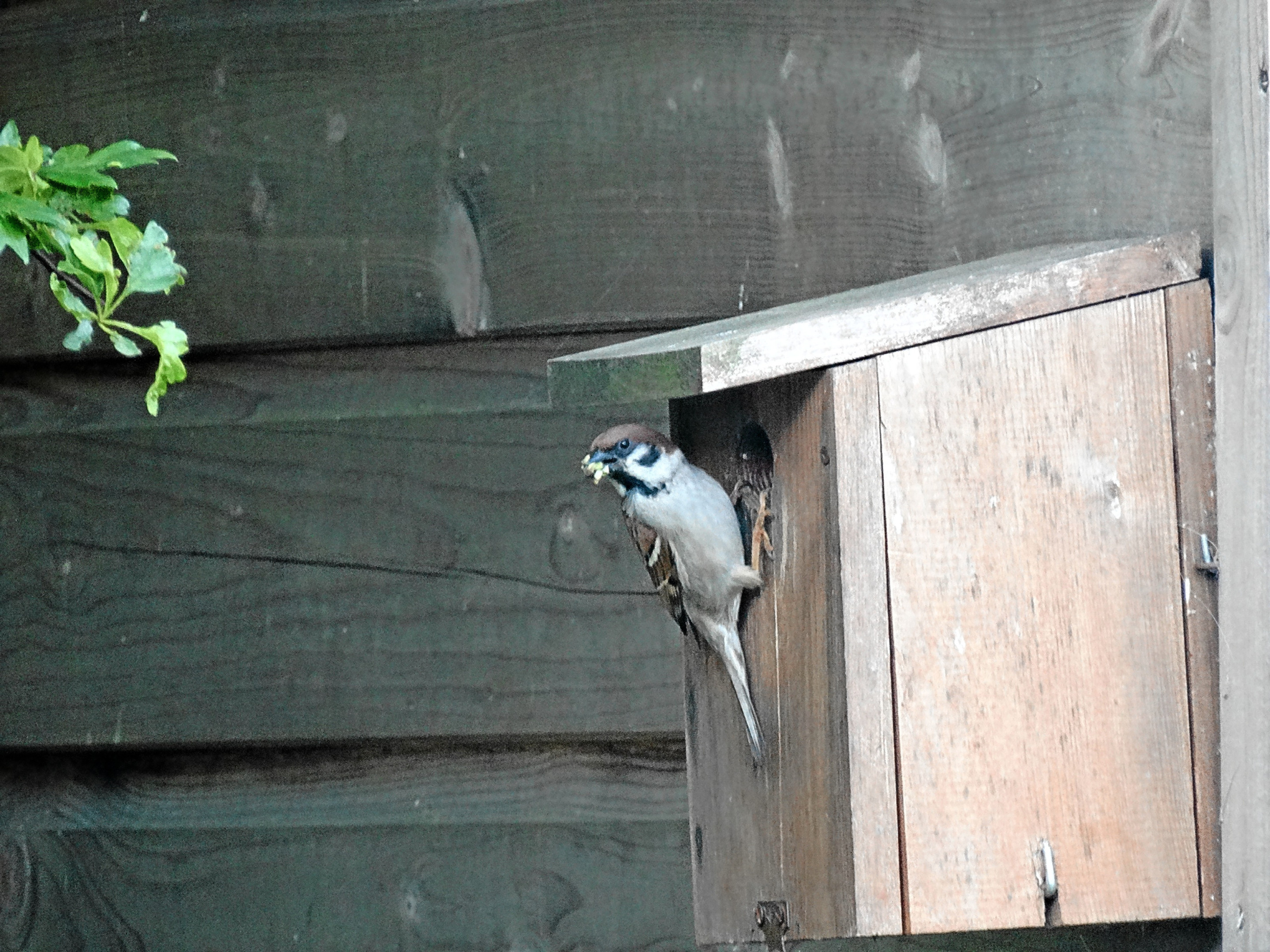In summer one of my secret ponds effectively dries out but for two or three months at this time it is completely covered in bogbean, whose name does not do justice to this pretty flower of bogs and ponds.
The flowers are star-shaped, five petalled, pinkish outside and white within, with a ragged white fringe.
It’s a common sight in the Highlands, where it thrives on acidic peaty soil but I don’t come across it often here in the north-east.
By contrast the only place I see pink purslane, a North American introduction to Scotland, is in woods around Fettercairn. In recent years it has increasingly spread along streamsides and extended its ground cover in damp, shaded parts of the woodland floor.
Mary McMurtrie in her representative Scottish Wild Flowers writes that it is “especially common in the west and north”. I can’t have looked in the right places for it is only here, in the north-east, that I know I’ve seen it. There is a white variant which appears in isolated clumps. Each of the five notched petals has a pink dot in the middle of it.
Second clutch
I wrote about the pair of tree sparrows that nested in our nesting box. That brood fledged and it wasn’t long before we were aware that a second clutch was being incubated. They can’t be far from fledging too.
The best time to catch up on progress is first thing, when the chicks have woken, hungry and demanding. We watch the parent birds run ragged, flying into the box, their beaks stuffed with those juicy insects that tree sparrow chicks thrive on. I can’t help thinking that if our human chicks were as demanding, there likely would be a lot fewer humans.
Monday dawned a proper June morning. I do what I often do when the weather is so good and bundled Inka into the car and headed for St Cyrus beach.
I took a favourite route via the B9120 from Laurencekirk over the Garvock Hill. Once you’ve crossed the summit the land drops away towards the coast and there are views from Scurdie Ness lighthouse at Montrose up to around about Todhead and Catterline.
The strong sun was bouncing off the calm sea and all seemed pretty much well with the world.
No taxes
Ahead of you when you join the A92 coastal road is the narrow road to the one-time small village and harbour of Miltonhaven, originally part of the lands of nearby Lauriston Castle.
Miltonhaven was a free port which meant the lairds of Lauriston could land goods there without payment of any taxes or excise duty.
The laird could legally avoid customs duty but, especially in the 18th century, the cave-riddled Mearns coastline was a smugglers’ coast. Including the great and the good of the county amongst their numbers, they had an aversion to paying what they regarded as unwelcome imposts.
Miltonhaven was a favoured spot for landing and the dispersal of contraband until the village was swept away in a fearful storm in 1795.
The best parking for St Cyrus beach is at the Old Lifeboat Station, the reserve centre for the SNH (Scottish Natural Heritage) national nature reserve.
Take time to go round the reserve centre to understand just what a special place the reserve is – such a diversity of rare plants (some at their northern limit in the UK), breeding birds butterflies and moths, it is rich in insect life.
A section behind the centre is roped off until the end of the breeding season to protect ground nesting terns, skylarks, meadow pipits and ringed plover. Keep dogs out of the area – there’s miles of beach just over the dunes for them to run to their heart’s content.
The tide had turned and was coming in. We walked up to the mouth of the River North Esk and I could let Inka run free. A warm breeze, the heat in the sun and the ceaseless, comforting metronome of the waves breaking on the shore – this is all in the name of work for me. Well, I must have things to write about for you to read.
I stood on the shoreline taking photos but forgot the old adage that every seventh wave is bigger than the previous six. But I soon remembered when my shoes started lettin’ in.
Moon walking
It’s been light enough to leave the torch behind when I take Inka out for his last walk. It’s all to do with the summer solstice and the shortest day of the year. The summer solstice usually falls on June 21 but this year it occurred a day earlier on Monday 20th, to take account of the extra day in February, as 2016 is a leap year. So the day is fixed, it’s just the date that changes.
The solstice coincided with a full moon, which hasn’t happened since 1967 and won’t happen again until 2062.
This confluence of events is called a strawberry moon. I was out with Inka at midnight and didn’t see so much as a tinge of pink in the night sky.










